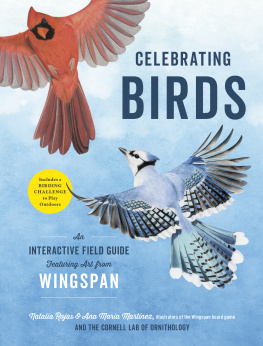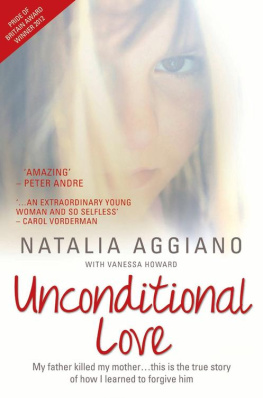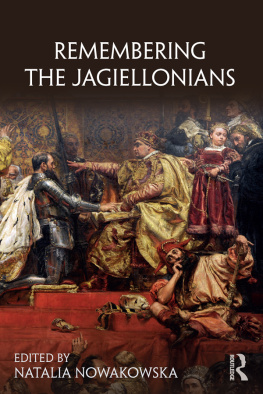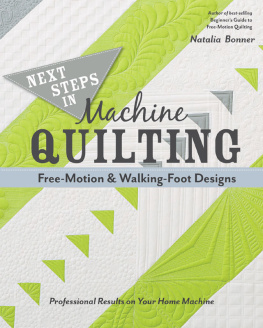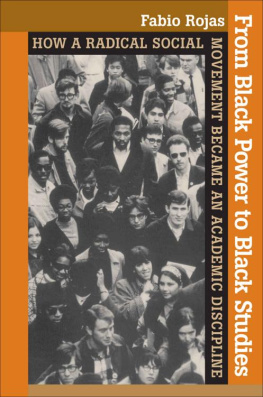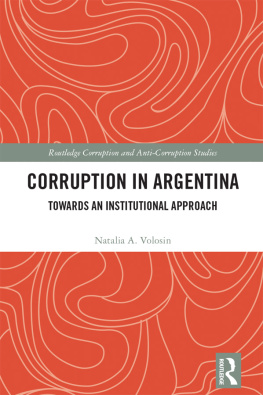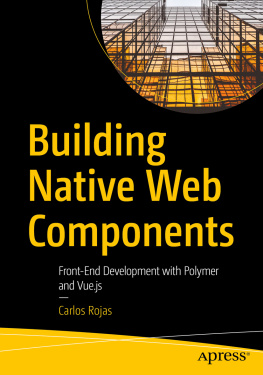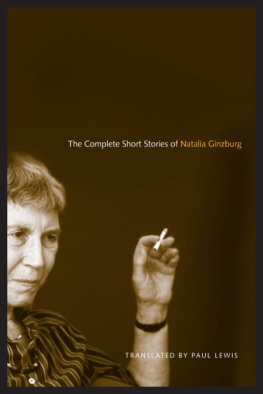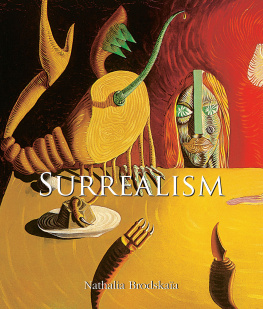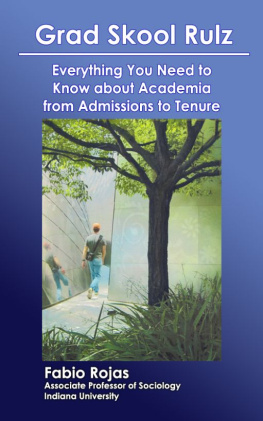Natalia Rojas - Celebrating Birds
Here you can read online Natalia Rojas - Celebrating Birds full text of the book (entire story) in english for free. Download pdf and epub, get meaning, cover and reviews about this ebook. year: 2021, publisher: Harper Design, genre: Home and family. Description of the work, (preface) as well as reviews are available. Best literature library LitArk.com created for fans of good reading and offers a wide selection of genres:
Romance novel
Science fiction
Adventure
Detective
Science
History
Home and family
Prose
Art
Politics
Computer
Non-fiction
Religion
Business
Children
Humor
Choose a favorite category and find really read worthwhile books. Enjoy immersion in the world of imagination, feel the emotions of the characters or learn something new for yourself, make an fascinating discovery.
- Book:Celebrating Birds
- Author:
- Publisher:Harper Design
- Genre:
- Year:2021
- Rating:3 / 5
- Favourites:Add to favourites
- Your mark:
- 60
- 1
- 2
- 3
- 4
- 5
Celebrating Birds: summary, description and annotation
We offer to read an annotation, description, summary or preface (depends on what the author of the book "Celebrating Birds" wrote himself). If you haven't found the necessary information about the book — write in the comments, we will try to find it.
Celebrating Birds — read online for free the complete book (whole text) full work
Below is the text of the book, divided by pages. System saving the place of the last page read, allows you to conveniently read the book "Celebrating Birds" online for free, without having to search again every time where you left off. Put a bookmark, and you can go to the page where you finished reading at any time.
Font size:
Interval:
Bookmark:

In this book, you will encounter a collection of 181 birds, each with a story to tellstories to intersect with your own journey with birds. I can recall a time when I was oblivious to birdsand also the time afterward, when the world of birds around me opened up as if by magic. Its a common transformation. Many birdwatchers can recount how a spark bird led them to notice the next bird and the next (as well as other amazing wildlife), right outside their door and in all the many places where they have looked ever since.
Spark moments can occur unexpectedly, anywhere, any time. One colleague recalls being home sick from kindergarten when an American Redstart appeared outside his window. He identified it from a field guide and became mesmerized by all the beautiful species in the book, sparking a lifelong quest to see them. Another coworker remembers, as a child, scooping up a bird that had been struck by a car and looking into its eyes. It was like holding a whole living world in my hands, she said. The birda White-throated Sparrowdidnt make it, but the experience awakened an interest that led to her career today: weaving birds into curricula for kids across the hemisphere.
My spark birds were pigeons that my dad and I rescued from a poultry truck in San Franciscos Chinatown when I was eleven. We built a coop in our urban backyard, and I spent hours watching them raise their young while I dreamed of becoming a field biologist. My encounters with birds accumulated over decades, taking on richer layers over time. There was the Turkey Vulture my childhood friend pointed out as it soared over a highway; the Cliff Swallow I held after it had returned to Nebraska from a winter in Argentina during my first job as a field assistant; my first sighting of a Phainopepla, with its glossy black plumage and fiery red eye, perched atop a palo verde tree in the desert where I spent six years, studying this species and delighting in the sights and sounds of desert birds. Ill never forget the liquid songs of Canyon Wrens echoing off rock cliffsides, a Common Nighthawk camouflaged on gravel, or a Costas Hummingbird flying daredevil arcs from sky to ground and back, its high-pitched whistle coming from a tiny blur too fast to be seen.
Wherever you are in your own journey with birds, I hope that this bookand the will become part of your story. In these pages, you can encounter dazzling North American birds; then you can take your book outside and challenge yourself, your friends, and family, to find the birds pictured. There are about eight hundred breeding bird species in North Americaif you keep looking and listening for birds, youll collect countless surprising and memorable moments.
The illustrations in Celebrating Birds, by Ana Mara Martnez and Natalia Rojas, come to you from Wingspan, the celebrated board game designed by Elizabeth Hargrave. The accompanying text is from the Cornell Lab of Ornithology, one of the sources Elizabeth used when creating the game. From the beginning, demand for Wingspan has outstripped the limited supply, new games selling out each time a shipment reaches the shelves. If that popularity is a sign not just of a rewarding game but also of a widespread and growing love of birds, it gives me hope for the future of our planetdespite what looks like an otherwise dismal trajectory.
In 2019, scientists at the Cornell Lab and six other institutions revealed that nearly three billion breeding birds have been lost from the United States and Canada since 1970. More than one in four birds has vanished in my lifetime. Just fifty years ago, we would have heard so many more birds singing. We would have seen more at our feeders, in our neighborhoods, and in the tapestry of landscapes across our hemisphere.
Anyone who has been touched by birds recognizes how impoverished our world would be without them. Its not just their breathtaking beauty and diversity that we would miss. More ominously, when birds disappear in such massive numbers, it means that something is terribly wrong with our environment. Close to home and across the thousands of miles birds travel, they are encountering formidable and escalating hazards, which are taking a devastating toll.
Life is tough for a bird, even without humans adding to the perils they face. Consider the nest of a Bobolink hidden in the grass, vulnerable to snakes, crows, and other predators. A young Bobolink, if lucky enough to fledge, must find food, evade hawks, survive storms, and journey twelve thousand miles to South America and back before it is a year old.
Now add in the human perils and consider how vanishingly small the young birds chances seem. Songbirds, normally guided by stars as they migrate at night, are pulled toward the lights of cities, where lawns and asphalt offer little food or shelter. Its estimated that, each year, up to a billion birds in this country and Canada are killed by window collisions, and more than 2.6 million are killed by cats.
If our Bobolink beats the tall odds to reach its winter home in Argentina or Bolivia, new threats await. Seen as a pest of rice crops, it may be shot, poisoned, or trapped and sold as a cage bird. If it survives the flight back to North America, it may mate and build a nest, only to see a mower come to harvest hay, destroying the eggs or young in its path.
Scientists say that one factor takes a bigger toll than any other: habitat destruction. With agricultural intensification and the loss of native grasslands, 720 million grassland birds53 percent of these populationshave vanished from North America since 1970. Aerial insectivoresbirds like swallows, nighthawks, and flycatchersare down by 32 percent. Forests across the continent contain one billion fewer birds. Even Dark-eyed Juncos, common feeder birds, are down by 139 million.
There are glimmers of hope. Birds are resilient when given a chance. There are thirty-five million more waterfowl and fifteen million more raptors today than in 1970, thanks to conservation efforts that set aside and/or restored habitats and banned the harmful pesticide DDT.
We also have powerful new ways to help birds by transforming observations from thousands of birdwatchers into data needed for vital decision-making. Imagine a world where cell phones light up during peak migration, alerting cities to turn off lights and wind turbines to power down as birds pass through; where farmers get notifications to mow after Bobolinks and meadowlarks have fledged; or where nations decide together which hot spots to protect for migrating shorebirds, songbirds, or raptors. That future could come soon if birdwatchers like you keep contributing observations.
You can also be a voice to support policies that protect birds and habitats needed by wildlife and people. And you can bring birds back on a local level by creating a bird-friendly yard, keeping cats indoors, and making windows safer. See to learn how you can join these and other efforts to help birds.
However you choose to engage with them, I wish you a lifetime of joy and inspiration with birds. I think back to my spark birds of years ago and all the miraculous moments since then, right up until yesterday, when I found a blue eggshell beneath a crabapple treea sign that there must be new life in a robin nest, even though its April and the leaves still havent unfurled here in the Northeast. The magic awaits. Keep looking.
Miyoko Chu, Senior Director of Communications, Cornell Lab of Ornithology
I have always loved games. My parents tolerated my love of Candyland, Sorry, and War, then taught me better games like hearts. High school brought epic battles of Egyptian rat screw and gin rummy. In college I played countless games of spades and Scrabble in the kitchen of my group house. In 2005, I discovered hobby board games like Carcassonne and Catan, and there was no looking back. Games gave my brain satisfying little puzzles to work on, whereas the problems I worked on in health policy analysis often felt endless and unsolvable. Games give us something to do while were doing the thing we really want, which is to be together.
Font size:
Interval:
Bookmark:
Similar books «Celebrating Birds»
Look at similar books to Celebrating Birds. We have selected literature similar in name and meaning in the hope of providing readers with more options to find new, interesting, not yet read works.
Discussion, reviews of the book Celebrating Birds and just readers' own opinions. Leave your comments, write what you think about the work, its meaning or the main characters. Specify what exactly you liked and what you didn't like, and why you think so.

